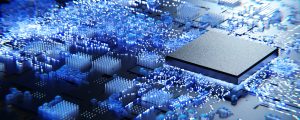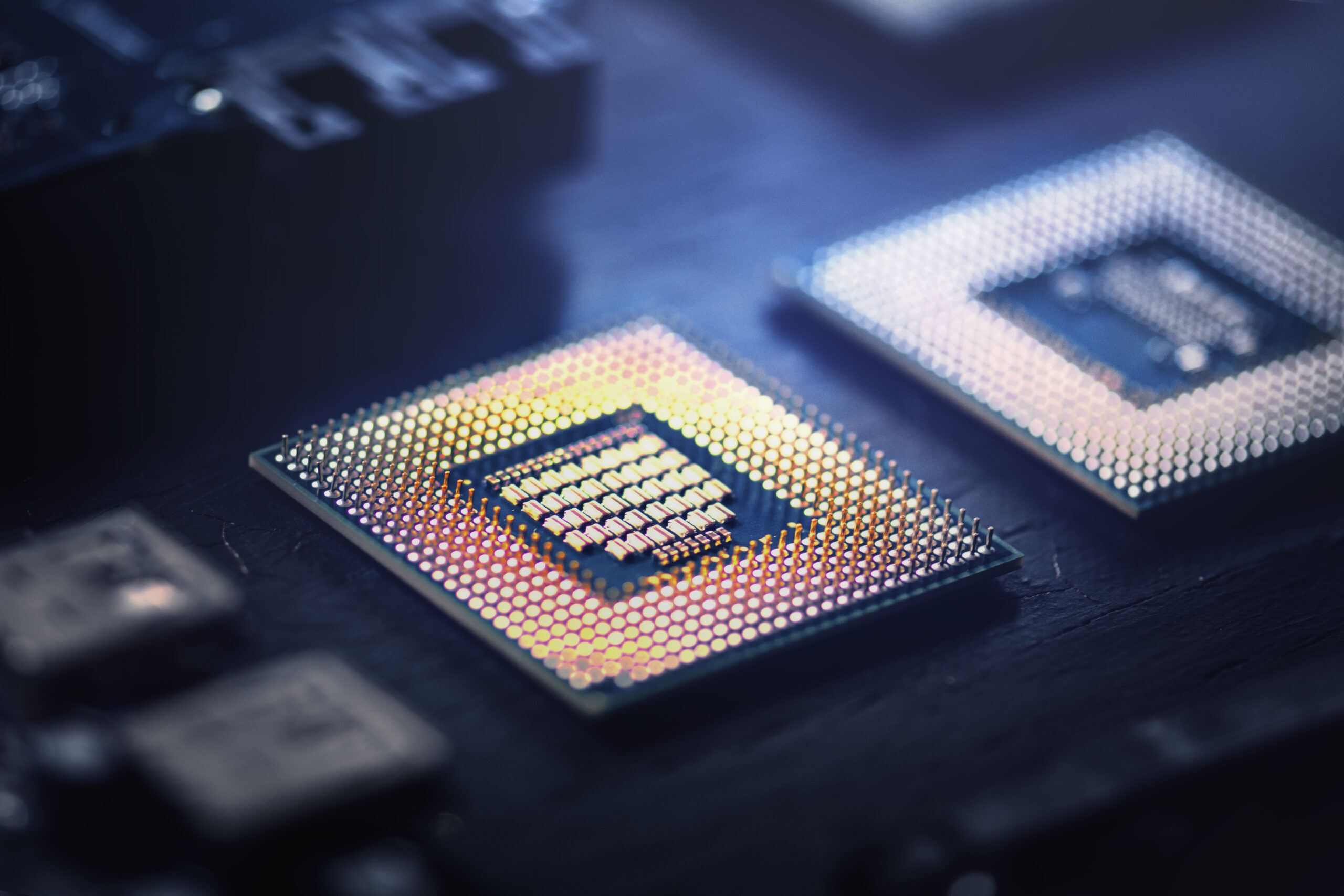Over 169 sectors were impacted by the global chip shortage that occurred between 2020 and 2023, which was driven by an increase in the demand for integrated circuits. The supply chain for semiconductors was already unstable before the pandemic because of several factors, such as trade disputes between the United States (U.S.) and China, Japan, and Korea that affected the distribution and price of commodities. Furthermore, shortages of raw materials were exacerbated by natural factors, such as three plant fires in Japan between 2019 and 2021 and a drought in Taiwan.
The semiconductor industry started rearranging production to accommodate the demand for additional consumer devices in 2020 as the automobile sector, a significant purchaser of semiconductors, started to reduce chip orders. But when individuals started shunning public transit in the second half of 2020, demand for vehicles increased once again and this made the problems with supply and demand much worse. In this article, we are going to look at why top chip producers like NVIDIA’s h100 chips are the most potent in the marketplace and why other producers have struggled to meet up.

What is the NVIDIA H100 Core GPU?
The NVIDIA H100 Tensor Core GPU offers outstanding performance, scalability, and security for any task especially when combined with specialized infrastructure for AI model training. Exascale applications may be accelerated by connecting up to 256 H100 GPUs using the NVIDIA NVLinkTM Switch System. To solve trillion-parameter language models, the GPU also has a specific Transformer Engine. With the combined technological advancements of the H100, large language models (LLMs) may be processed up to 30 times faster than in the previous generation, resulting in conversational AI that leads the industry.

Benefits of NVIDIA Chips
Drug discovery, genomics, and computational biology can advance more quickly thanks to the H100 Cloud GPUs’ improved stability for GenAI and other advanced medical and scientific research and discoveries, such as weather forecasts or scientific simulations.
How does NVIDIA face up to Competition?
The fact that Nvidia is up against some of its largest clients might be a problem. Processors are being built by cloud providers such as Google, Microsoft, and Amazon for internal usage. Over 40% of Nvidia’s income comes from the Big Three plus Oracle. NVIDIA competitors have begun making their chips, but there are key differences with that of NVIDIA. Below we illustrate the key differences between NVIDIA competitor’s chips.
The Differences Between NVIDIA and its Competitors’s Chips
- META
Although Meta does not provide cloud services, the firm requires a significant amount of processing power to run its website, software, and advertising. The parent company of Facebook announced in April that some of its in-house chips were already in data centres and allowed for “greater efficiency“ in comparison to GPUs, even though it is spending billions of dollars on Nvidia processors. The updated Meta chips, MTIAs, are based on 5nm nodes and provide 354 Tops (tera operations per second) of Integer (8-bit) accuracy computation, or 177 teraflops of FP16 accuracy computation. The chips run at 1.35 gigahertz, have a thermal design power of 90W, and are about 421 millimetres square. In summary, they are 3.5 times faster than average chips while NVIDIA’s h100 is 4 times faster.
Among cloud providers, Google is arguably the most dedicated to its silicon. Since 2015, the business has trained and implemented AI models utilising what it refers to as Tensor Processing Units (TPUs). Google unveiled the sixth iteration of its Trillium chip in May, claiming that it was utilised in the development of its Gemini and Imagen models. Their models train and deploy AI models, while NVIDIA h100 has more applications in gaming, large language models, and data processing to name a few.
- Cerebras Systems
Cerebras Systems, a Silicon Valley-based AI chipmaker, prioritises fundamental functions and AI bottlenecks above the broader capabilities of a GPU. The business was established in 2015, and Bloomberg reports that it was valued at $4 billion recently. Large model training is improved by the Cerebras chip, WSE-2, which combines GPU capabilities with more memory and central processing into a single unit. However, the company focuses on basic operations for operations and bottlenecks for AI, while the h100 chips can be used well beyond the general purpose and to accelerate specific tasks.
- Neural Processors
Specialised parts of circuits designed to run AI models more efficiently—are being added by Qualcomm and Apple to their chips to improve speed and privacy. However, NVIDIA’s chips are different from those of Apple and Qualcomm as they use parallel processing, which breaks computation into small chunks and then distributes them across multiple cores. This means that the GPUs run several calculations faster than they would have if the tasks were completed sequentially.
NVIDIA’s h100 chip is almost 100 times faster than regular chips of previous generations in the marketplace, making it a top performer both financially and technically. This article finds that NVIDIA’s h100 chip can be applied across a range of sectors and products, unlike most chips that have broad-based uses and have lower process power. NVIDIA’s chips are used in gaming, data centres, software, ML models in health care and AI transforming industries like energy systems etc.
Sharon AI’s partnership with NVIDIA leverages the powerful H100 Tensor Core GPUs to deliver unmatched performance and scalability for AI and cloud workloads. The H100’s advanced features, such as the Transformer Engine and NVLink, enable faster processing of large language models and other AI applications, making it an ideal choice for enterprises aiming to stay ahead in the AI race. Our infrastructure, powered by 100% green energy, ensures that your AI operations are not only efficient but also sustainable. Contact us today to learn more about how our NVIDIA-accelerated solutions can help you achieve your AI goals and drive your business forward.











